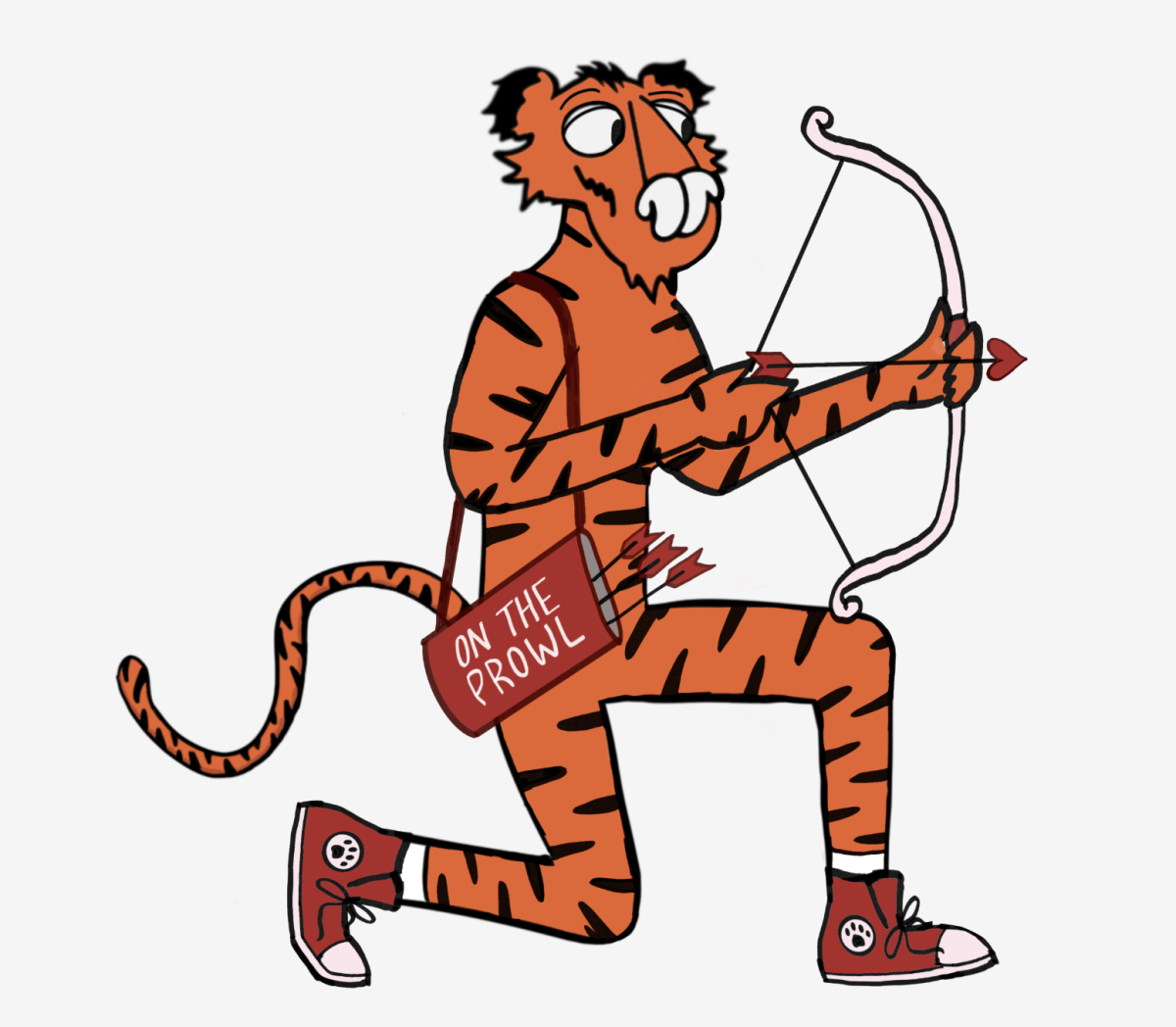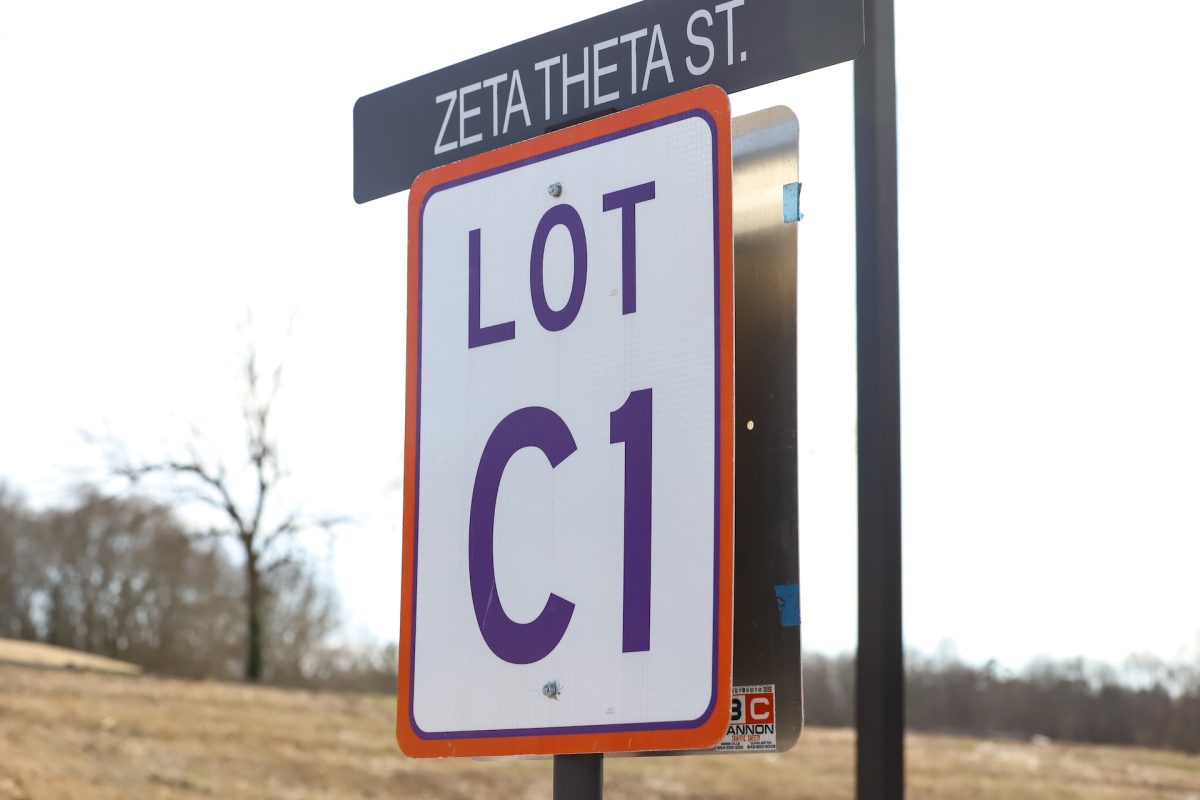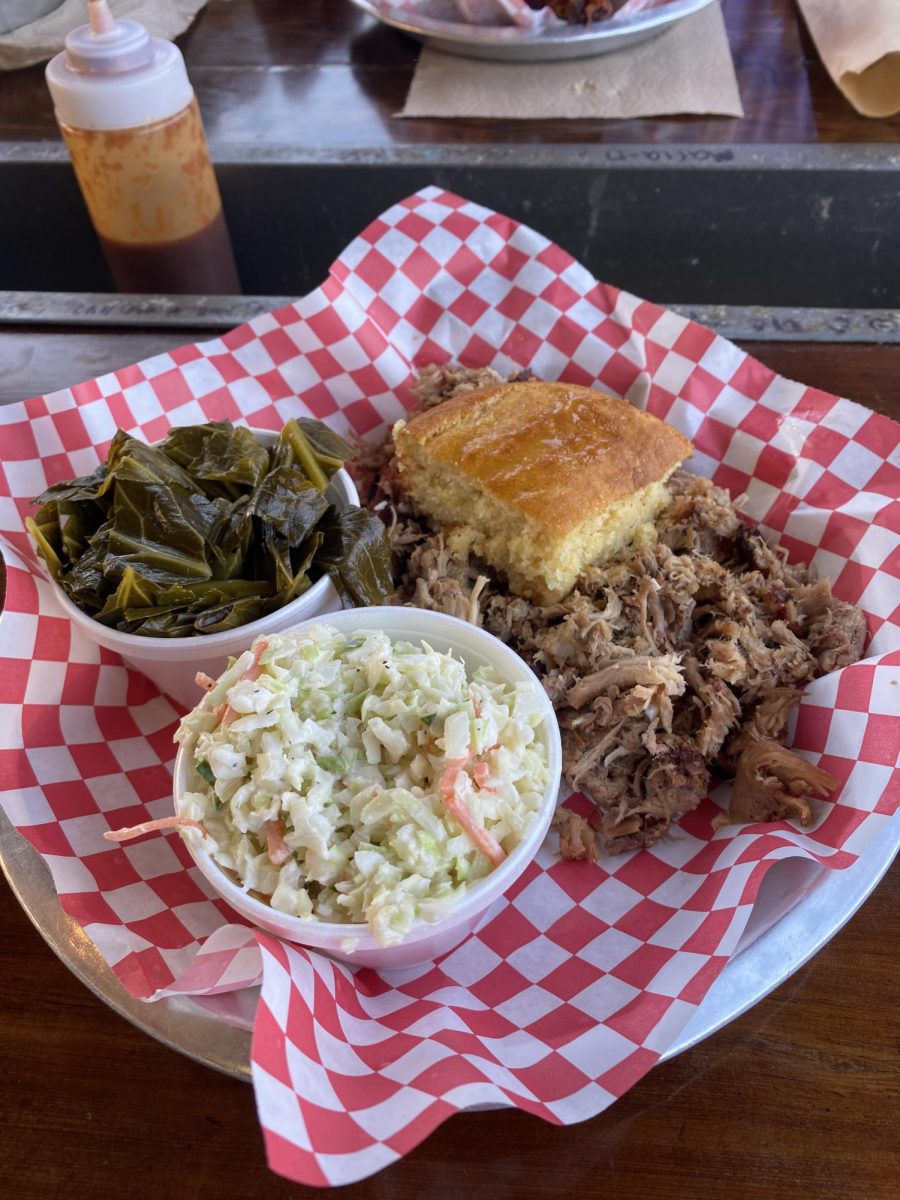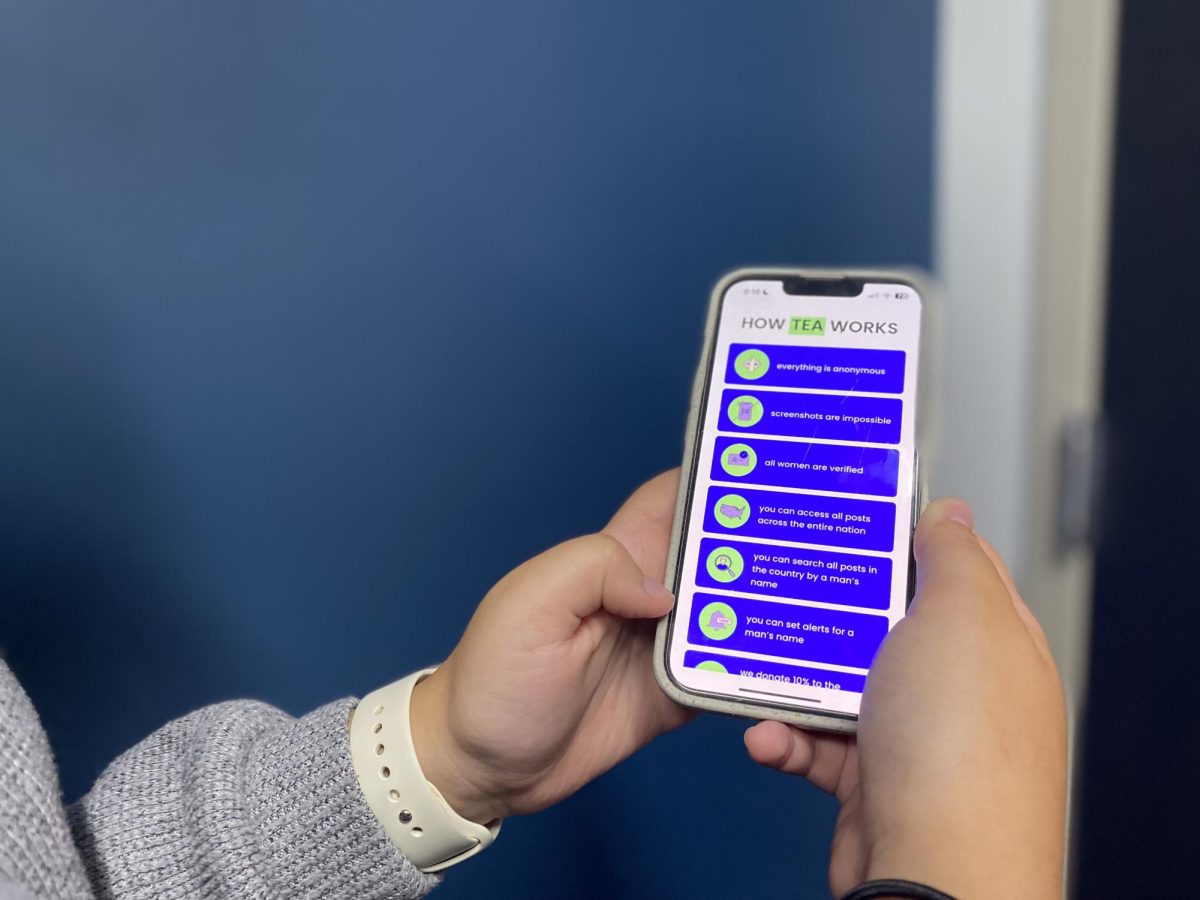Raise your hand if you think CU 1000 is completely useless. Be honest. C’mon, isn’t CU 1000 just a course about stuff we can find online, a course which gives us no credits, and takes up hours and hours of good social time? If your hand is up, you’re wrong, and here’s why.
First, what does CU 1000 appear to be? Actually, at first glance, the above definition seems to be pretty accurate. We go to a bunch of meetings, watch a load of videos, take some quizzes and learn that we’re not supposed to grope the girl sitting next to us, how to find the Library and what a computer is for. Yawn. Is this really it?
For the most part, it’s hard not to agree with this latter assessment. However, this is not the case for the Community Dialogue session, which does a good job of looking at discrimination in a different way. Talking about discrimination isn’t always about “don’t stare at the black person.” You can find discrimination in places you’d least expect to find it, like in ourselves. Every time you grin at someone different, gawp or roll your eyes, that is the beginning of discrimination.
However, the session that should wake you up, that should catch your attention, that makes it all acutely worthwhile, is the Aspire to Be Well dialogue.
When you attend this group, you sit there, somewhat awkwardly, surrounded generally by people you don’t recognize and feeling a bit embarrassed about what you sense is about to come. You’re thinking: sheesh, we all know about Title IX, sexual violence, abusive relationships, interpersonal violence, harassment, consent and stalking. Yeah, yeah, yeah, you might think, there’s a sicko somewhere. If he touches my girlfriend, he’s dead. That happens somewhere, not here, somewhere else.
Then, you get the stats. Pay attention closely. Your friends deserve it. You deserve it.
At Clemson University, 7 percent of students have experienced sexual touching without their consent within the last 12 months. 8 percent of students experienced an emotionally abusive intimate relationship.
At Clemson University, 20 percent of first-year women experience some type of sexual victimization: 15 percent experience unwanted sexual contact; 5 percent experience sexual coercion; 5 percent experience attempted rape, and 3 percent experience completed rape. Most women know the offender: 37 percent are acquaintances; 32 percent are partners or romantic acquaintances; 23 percent are casually dating or on the first date, and 8 percent are strangers.
Why are they telling me this, you will likely think to yourself. It’s not like you would ever do this. Then, like a lightning bolt, it should hit you. Look around the room and convert the stats from above into the students around you. Consider that there are about 60 students in your dialogue, and 10 of them are at your table.
20 percent of the women in that room, real women with faces and names that they’ve just told you, will already have experienced or will in this next year experience sexual victimization. These aren’t just statistics anymore. These are real people, sitting right next to you.
Take it a stage further. If the victims are right there in front of you, maybe the abuser is too? Think about that when you feel like you are doing nothing but complaining about what a waste of time this all is, how you’d just as soon be on Bowman.
No one is suggesting that you rush up to every girl or guy (guys get victimized, too), and badger them about whether they feel safe or not. No one is encouraging you to stalk anyone who is acting strangely (definitely not; report them to the police).
But let’s at least realize that statistics aren’t just statistics. They’re people. These people are Clemson people. They are our neighbors and friends. This is our college, not the state’s, not our parents’ and not President Clements’. It is OUR college, and we are responsible for it.
We are responsible for supporting those next to us, making sure they always feel safe. We are responsible for those among us who have been injured in the past and who now seek to pass that injury onto others.
Trevor Lawrence is not the only quarterback at Clemson. We should all be quarterbacks in designing the safety of our school. It falls to each and every one of us to read situations, recognize blitzes in social relationships and bring every student to a touchdown safely.
So, be alert. Take notice. Ask questions. Be supportive. Finally, maybe don’t be so quick to condemn attempts that are made to help us all feel like part of the same family, even if the attempts gain us no credits, and the design sometimes appears to be a little hack-handed.
This article has been updated from the original debut in February 2019.









